DIPTERA True Flies
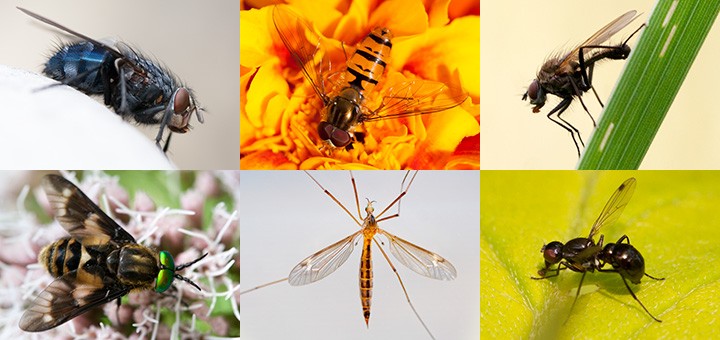
SUB CLASS Endopterygota
COMMON FEATURES
Two wings, the hind wings having evolved into balancing organs called halteres.
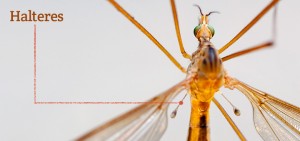 EASE OF IDENTIFICATION FROM PHOTOS
EASE OF IDENTIFICATION FROM PHOTOS
Moderate to impossible!
KEY IDENTIFICATION FEATURES
- Wing venation is used to help determine different taxonomic ranks from general down to species level.
- Antennae are used to define sub orders and infraorders and fine details are also important in determining certain species.
- The presence or absence of a ptilinal suture (see Higher Bracycera, below) is used to distinguish higher orders of fly (evolutionarily speaking).
- Squamae or calypters, small flaps at the base of the wing, are used to determine Acalyptrates from Calyptrates (see Higher Bracycera, below).
IDENTIFICATION OVERVIEW
There can be few people on the planet who don’t know what a fly is. However, with over 160,000 species described worldwide and 7000 plus in the UK, identifying them from photos is never going to be easy! There are some, say Hoverflies, that with a little care can be fairly easy to name but many flies across different families superficially look alike and even if you do get down to family, or even genus, level the difference between species can be defined by the shape of the genitalia or the position of a few microscopic hairs! To make matters worse, the whole taxonomical structure of Diptera constantly shifts and so different sources of reference classify things differently which just adds to the confusion.
BRIEF INTRODUCTION TO DIPTERA
For purposes of clarity I’m going to loosely follow the system used by Stephen A Marshall in his excellent book ‘Flies: The natural history and diversity of Diptera’ to try and break down the thousands of fly species into recognisable groups and hopefully point you in the right direction towards an identification. Start from one of the general groups below and then go to the linked page to refine your search further.
NEMATOCERA (Lower Diptera)
Nematocera means ‘thread-horn’ and their long, segmented antennae are the main characteristic that distinguishes these flies. They also tend to have slim, elongated bodies and long, spindly legs with only a few exceptions. This grouping contains insects familiar to many such as Craneflies, Mosquitoes, Gnats, Midges and St Mark’s Flies among others. Nemotocera usually rest with wings at right angles to the body or with wings folded back over the abdomen.
LOWER BRACHYCERA
Brachycera means ‘short-horn’ and in the Lower Brachycera the antennae do, for the most part, look like short horns – this being the starting point for their identification. The group is then divided into Tabanomorpha which have three pad-like structures on their feet, called pulvilli and Asilomorpha that have two pads. However, I find that most of the time you can’t actually see the details of the feet well enough in photos so this is only useful if you have a spectacular close up! General body shape varies quite widely between the families which include Snipe Flies, Horse Flies, Soldier Flies, Bee Flies, Robber and Stiletto Flies to name a few. All species found in Britain rest with their wings folded back over their abdomens or held at roughly 45 degrees to their body.
EMPIDOIDEA
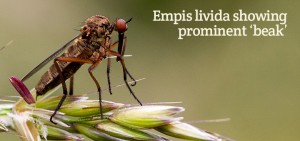
The Empidoidea flies, sometimes known as Dance Flies, are an evolutionary crossover between the Lower and Higher Brachycera, having physical traits of both but a life-cycle closer to the Higher. As you might expect the families and subfamilies are quite a mixed bunch but are generally quite elongated flies with longish legs, round heads and beak-like mouthparts of varying length (the pictured example is at the more extreme end). The wings are usually folded over the abdomen at rest.
HIGHER BRACHYCERA aka CYCLORRHAPHA
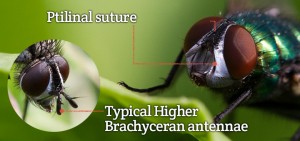 The Cyclorrhapha form the largest group of flies and are connected by the fact that the adults exit their puparium through a special end cap surrounded by a weakened circular seam (cyclor means circular and rhapha means seam). Most of these flies aid their emergence by inflating part of their face, the ptilinum, which sinks back after their escape to leave a sunken area surrounded by a groove known as the ptilinal suture or fissure. All the flies that use this method are known as Schizophora. Some of the families that are closer to the Lower Brachycera, including Hoverflies, lack this ability and thus have no ptilinal suture, in which case are called Aschiza.
The Cyclorrhapha form the largest group of flies and are connected by the fact that the adults exit their puparium through a special end cap surrounded by a weakened circular seam (cyclor means circular and rhapha means seam). Most of these flies aid their emergence by inflating part of their face, the ptilinum, which sinks back after their escape to leave a sunken area surrounded by a groove known as the ptilinal suture or fissure. All the flies that use this method are known as Schizophora. Some of the families that are closer to the Lower Brachycera, including Hoverflies, lack this ability and thus have no ptilinal suture, in which case are called Aschiza.
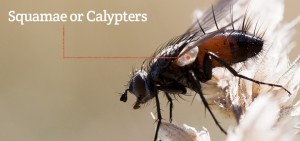 The Schizophora are then divided into two groups depending on whether they have calypters aka squamae (small flaps at the base of the wing that usually conceal the halteres) and a button-like swelling on the side of the thorax called the greater ampulla, or not. Those that have them are called Calyptrate and are mainly large flies including the common Blow Flies and House Flies. Those with vestigal squamae and no ampulla make up the Acalyptrates which are a diverse collection of flies including Stilt-legged Flies, Snail-killing flies and Vinegar Flies to name but a few. Although some of the Cyclorrapha have horn-like antennae most have simplified ones – a three segmented structure that looks like a two roundish buttons with longer flap from which protrudes a bristle known as the arista. Sometimes the arista looks like a feather in which case it is said to be plumose. (In fact feathery antennae of any description, see Nematocera pic above, are described as plumose). Wings are generally held in the classic delta shape at rest or folded over the abdomen.
The Schizophora are then divided into two groups depending on whether they have calypters aka squamae (small flaps at the base of the wing that usually conceal the halteres) and a button-like swelling on the side of the thorax called the greater ampulla, or not. Those that have them are called Calyptrate and are mainly large flies including the common Blow Flies and House Flies. Those with vestigal squamae and no ampulla make up the Acalyptrates which are a diverse collection of flies including Stilt-legged Flies, Snail-killing flies and Vinegar Flies to name but a few. Although some of the Cyclorrapha have horn-like antennae most have simplified ones – a three segmented structure that looks like a two roundish buttons with longer flap from which protrudes a bristle known as the arista. Sometimes the arista looks like a feather in which case it is said to be plumose. (In fact feathery antennae of any description, see Nematocera pic above, are described as plumose). Wings are generally held in the classic delta shape at rest or folded over the abdomen.
So to re-cap, the Cyclorrhapha are broken into three groups – Aschiza with no ptilinal suture, Calyptrates with a ptilinal suture plus squamae and Acaltptrates with a ptilinal suture but no squamae.

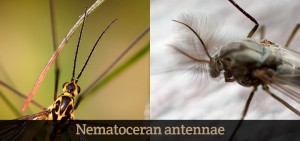
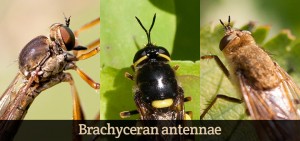
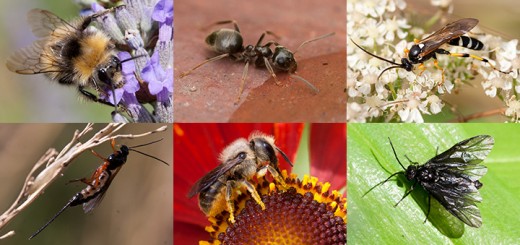
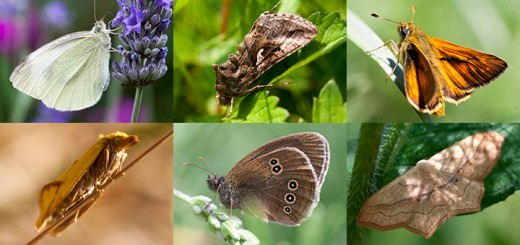
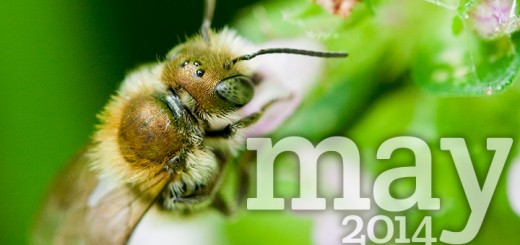
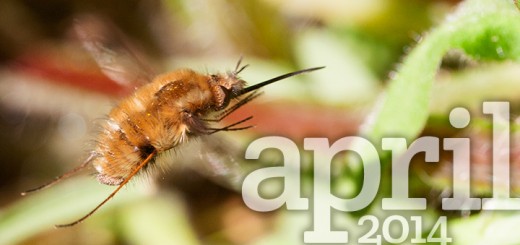
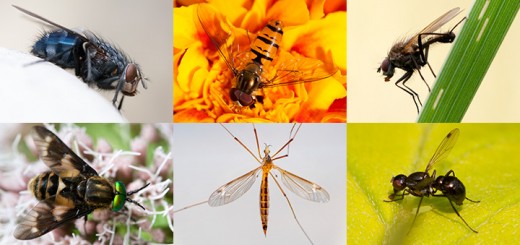
Excellent. Have recommended your page to the forensic entomology class I teach. Thanks for you clear, concise explanation and how things fit together